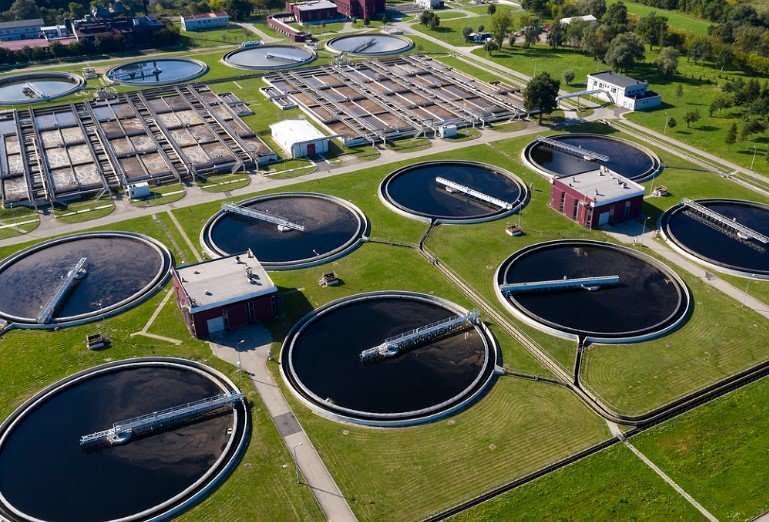Vancouver based Axine Water Technologies has secured fresh funding to expand its innovative wastewater treatment solutions for the oil and gas industry. In early 2025, the company announced a new investment round amid growing demand for sustainable water management in energy production hotspots like Alberta’s oil sands and the U.S. Permian Basin.
This move comes as global water scarcity pressures mount, pushing oil and gas firms to adopt cleaner technologies. Axine’s electrochemical oxidation systems destroy tough pollutants without chemicals, helping operators cut costs and meet strict environmental rules.
Company Growth and Recent Investments
Axine Water Technologies started with a focus on industrial wastewater challenges. Founded over a decade ago, the company has built a reputation for tackling hard to treat contaminants in sectors like oil and gas.
In 2025, reports show Axine raised additional capital to speed up commercial deployments. Investors see strong potential in its tech for handling produced water from fracking and oil sands operations. This follows earlier rounds that totaled millions, with backers including venture firms betting on clean energy solutions.
The latest funds aim to scale up production and enter new markets. Company leaders say the money will support pilot projects in high volume wastewater areas, where daily output can reach millions of barrels.

Experts note that oil and gas wastewater volumes are soaring. In the Permian Basin alone, produced water is projected to hit 22 million barrels per day by late 2025, up sharply from recent years.
Breakthrough Technology for Tough Pollutants
Axine’s core innovation uses electricity to break down organics, ammonia, and emerging threats like PFAS compounds. These “forever chemicals” are a big worry in industrial runoff, and the tech offers a way to destroy them onsite.
Unlike traditional methods that rely on filters or chemicals, this approach is low maintenance and generates minimal waste. It fits well in remote oil fields where space and resources are limited.
Key benefits include:
- Lower operational costs by reusing treated water in drilling.
- Compliance with tightening regulations on discharge limits.
- Reduced environmental impact in water stressed regions.
In a recent partnership announced in June 2025, Axine teamed up with Nijhuis Saur Industries to roll out PFAS destruction systems. This alliance targets industries including oil and gas, where PFAS contamination from firefighting foams and equipment is common.
Trials show the technology can eliminate over 99 percent of targeted pollutants in hours, a game changer for operators facing cleanup mandates.
Impact on Oil and Gas Sector
The oil and gas industry faces mounting scrutiny over water use. Operations in places like Canada and the U.S. consume vast amounts of fresh water while producing contaminated byproduct.
Axine’s solutions help recycle this water, easing pressure on local supplies. For example, in Alberta’s oil sands, facilities process billions of gallons annually, often leading to pollution concerns.
Recent data highlights the scale:
| Region | Daily Produced Water (Million Barrels) | Projected Growth by 2030 |
|---|---|---|
| Permian Basin (U.S.) | 22 | 30+ |
| Alberta Oil Sands (Canada) | 15 | 20+ |
| Global Average | 100+ | 150+ |
This table shows how wastewater volumes are climbing, driven by expanded drilling. Companies adopting Axine’s tech could save millions in disposal fees and fines.
Industry voices praise the shift. One executive from a major energy firm noted that sustainable water treatment is now a boardroom priority, especially with oil prices fluctuating and regulations evolving.
Market Trends Driving Change
The broader water treatment market is booming. Global spending on wastewater technologies hit $345 billion in 2024 and is set to reach $500 billion by 2030, growing at over 6 percent yearly.
Factors fueling this include urbanization, stricter laws, and climate driven water shortages. In oil and gas, trends like shale fracking amplify the need for efficient cleanup.
Innovations in areas such as advanced oxidation and membrane systems are emerging, but electrochemical methods like Axine’s stand out for their efficiency.
Looking ahead, analysts predict more investments in green tech for energy. With events like recent funding in nuclear and renewable projects, the sector is ripe for crossovers in water management.
Future Outlook and Challenges
Axine plans to deploy more systems in 2025, starting with U.S. sites after a key sale in late 2024. The company eyes expansion into other industries, but oil and gas remains a core focus.
Challenges include high upfront costs and competition from established players. Yet, with rising awareness of water risks, demand should grow.
Success stories from early adopters show real world gains, like reduced downtime and better community relations in extraction zones.
As the industry evolves, technologies like this could redefine how energy firms handle their environmental footprint.
What do you think about these advancements in wastewater tech? Share your thoughts in the comments and pass this article along to others interested in sustainable energy solutions.








